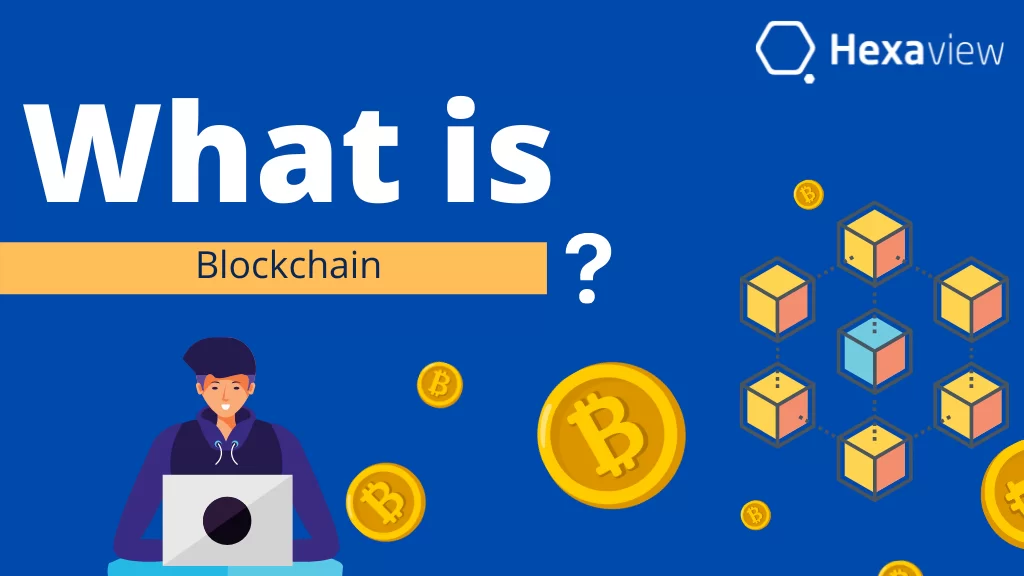Fintech
Binding seamless Technology with Finance



General Published on: Fri Feb 10 2023
What is a Blockchain?
This question has riddled minds across the world especially in the fields of technology and FOMO, the answer is, simply a distributed database that updates with the consensus of the majority of nodes. Reducing the technical jargon is made up of the democracy of computers that figure out if changes made to the data are valid or not. Now that we have a faint idea of a blockchain we get the second most asked question,
What is the use of such an elaborate process for something as simple as storing data?
Here comes the reality of the situation.
Databases although very good at their job are also very weak as a single point of failure, if someone with any fraudulent or forced access to one can make changes as they seem fit and those changes surely aren’t fit for all, other than that it is not at all transparent, I cannot go and see where a message in a long forwarded message chain originated from or other transactional details which can be hidden or altered at will, like how a mass-produced fruit is being passed off as organic.
Isn’t that great an open transactional database that cannot be changed by anyone even if they have complete access.
So how does blockchain do it, be immutable?
Let’s take an example
hitcoin(hopes it will be a hit)
1. Say, I have 100 hitcoin with me and I give you 50 (generous of me, I know), it will be stored as a block: – this transaction of me->you 50
2. This block will be the genesis or the first block it will be hashed (turned into a random string which can only be generated by this block’s information) and then stored in the chain which is just a block at this time.
3. Now say, you give 25 hitcoins to your friend again this transaction will be hashed but also the previous hash will be taken in the data to hash thus creating a chain.
4. Now if someone wants to change any details e.g., me trying to give you 49 in my first transaction, then I’ll have to recalculate the first hash and then the second hash, it is troublesome in the first place but doable.
5. Here come the distributed parts let’s say there are 10 nodes I changed 1 node with my new transaction the other 9 will vote him off as it is an odd one out, even if I had changed 4 nodes still the majority will win before I could continue my changes which are very hard to do in the first place.
So, we learn that it is very hard to change a deployed blockchain, in mathematical terms it’s impossible with all the computing power in the world that we have, thus creating the most secure immutable distributed transactional database ever.
There are many other parts and nuances which are even more interesting I am leaving out for you to find in your blockchain journey.
Get 30 Mins Free
Personalized Consultancy